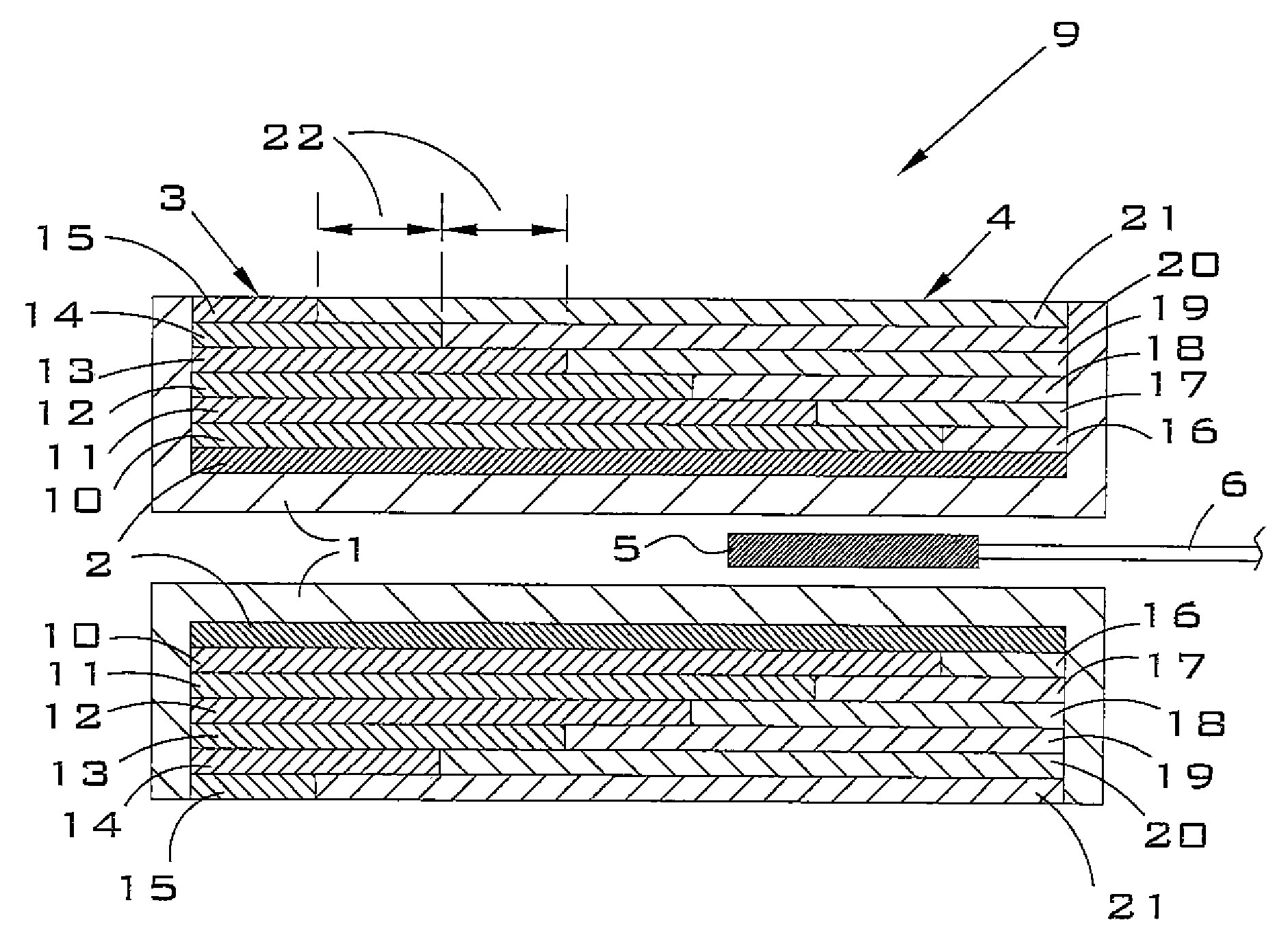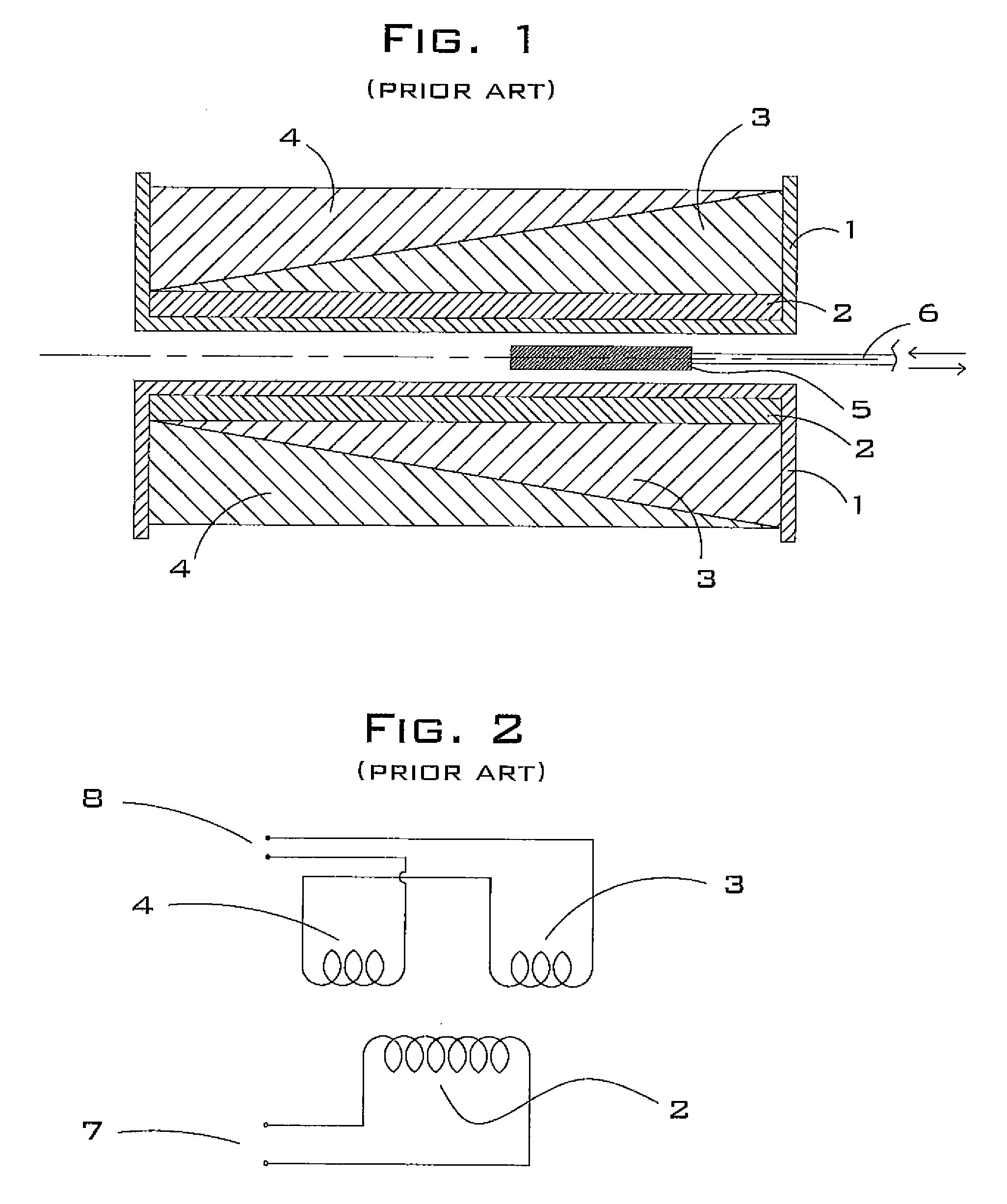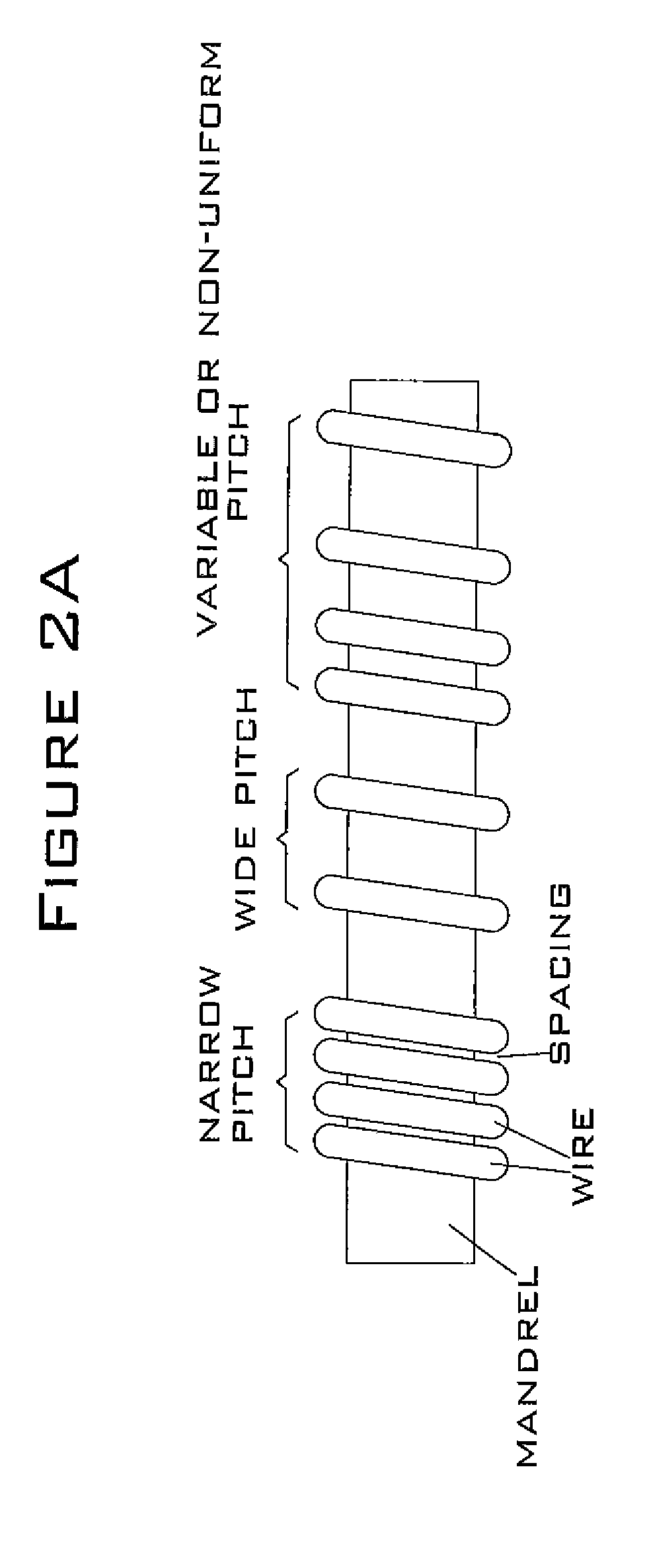Linear variable differential transformer with complimentary step-winding secondary coils
a technology of linear variable differential transformer and secondary coil, which is applied in the direction of continuously variable inductance/transformer, inductance, instruments, etc., can solve the problems of affecting the linear range (or maximum measurement range) of the device for some applications, the core is located physically closer to one of the secondary windings, and the construction of prior art devices is relatively difficul
- Summary
- Abstract
- Description
- Claims
- Application Information
AI Technical Summary
Problems solved by technology
Method used
Image
Examples
Embodiment Construction
[0055]The present invention overcomes the deficiencies in prior art devices by providing, in a first embodiment, two continuous and complimentary secondary coils that are wound in stepped layers, in contrast to the tapered coils or individual coil segments described in the prior art. This design provides linear output response over a relatively long range of core displacement and requires a minimum number of internal electrical connections. The design is relatively easy to manufacture by either machine or manual methods. The two secondary coils of the present invention are connected in series with matching polarity, as opposed to the prior art of Lipshutz and others whose secondary coils are connected in opposite phase. A center-tap electrical connection is also provided between the two coils so that the voltage of each secondary coil may be measured independently of the other. By this means, it is possible to measure both the sum and difference of the two secondary voltages indepen...
PUM
| Property | Measurement | Unit |
|---|---|---|
| diameter | aaaaa | aaaaa |
| length | aaaaa | aaaaa |
| step length | aaaaa | aaaaa |
Abstract
Description
Claims
Application Information
 Login to View More
Login to View More - R&D
- Intellectual Property
- Life Sciences
- Materials
- Tech Scout
- Unparalleled Data Quality
- Higher Quality Content
- 60% Fewer Hallucinations
Browse by: Latest US Patents, China's latest patents, Technical Efficacy Thesaurus, Application Domain, Technology Topic, Popular Technical Reports.
© 2025 PatSnap. All rights reserved.Legal|Privacy policy|Modern Slavery Act Transparency Statement|Sitemap|About US| Contact US: help@patsnap.com



